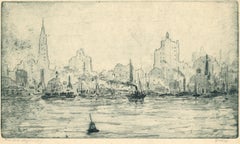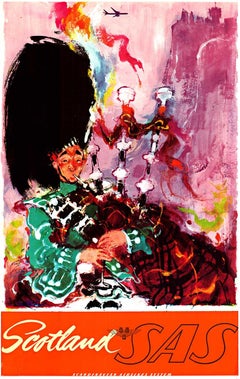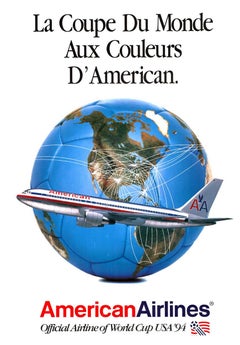American Modern Landscape Prints
1930s American Modern Landscape Prints
Archival Paper, Etching
21st Century and Contemporary American Modern Landscape Prints
Lithograph
1970s American Modern Landscape Prints
Offset
1960s American Modern Landscape Prints
Offset
1990s American Modern Landscape Prints
Offset
1950s American Modern Landscape Prints
Lithograph
1970s American Modern Landscape Prints
Offset
1940s American Modern Landscape Prints
Mixed Media
2010s American Modern Landscape Prints
Offset
1930s American Modern Landscape Prints
Woodcut
1970s American Modern Landscape Prints
Engraving, Archival Paper, Etching
1920s American Modern Landscape Prints
Handmade Paper, Laid Paper, Etching, Aquatint
1950s American Modern Landscape Prints
Lithograph
1950s American Modern Landscape Prints
Offset
1930s American Modern Landscape Prints
Lithograph
Mid-20th Century American Modern Landscape Prints
Etching
1950s American Modern Landscape Prints
Offset
1990s American Modern Landscape Prints
Offset
1970s American Modern Landscape Prints
Lithograph
Early 20th Century American Modern Landscape Prints
Handmade Paper, Laid Paper, Lithograph
1980s American Modern Landscape Prints
Offset
1960s American Modern Landscape Prints
Offset
1970s American Modern Landscape Prints
Screen
Mid-20th Century American Modern Landscape Prints
Laid Paper, Etching
Late 20th Century American Modern Landscape Prints
Paper, Lithograph
Mid-20th Century American Modern Landscape Prints
Handmade Paper, Laid Paper, Etching
Mid-20th Century American Modern Landscape Prints
Laid Paper, Etching, Handmade Paper
Mid-20th Century American Modern Landscape Prints
Handmade Paper, Etching, Laid Paper
1990s American Modern Landscape Prints
Mezzotint
Early 20th Century American Modern Landscape Prints
Etching
Mid-20th Century American Modern Landscape Prints
Handmade Paper, Etching
Mid-20th Century American Modern Landscape Prints
Laid Paper, Etching
Mid-20th Century American Modern Landscape Prints
Handmade Paper, Etching
1930s American Modern Landscape Prints
Lithograph
1930s American Modern Landscape Prints
Lithograph
Mid-20th Century American Modern Landscape Prints
Laid Paper, Handmade Paper, Etching
1960s American Modern Landscape Prints
Offset
Early 20th Century American Modern Landscape Prints
Handmade Paper, Laid Paper, Etching
1980s American Modern Landscape Prints
Offset
Mid-20th Century American Modern Landscape Prints
Handmade Paper, Laid Paper, Etching
Mid-20th Century American Modern Landscape Prints
Laid Paper, Etching
Mid-20th Century American Modern Landscape Prints
Laid Paper, Handmade Paper, Etching
1970s American Modern Landscape Prints
Offset
1960s American Modern Landscape Prints
Lithograph
1940s American Modern Landscape Prints
Lithograph
1930s American Modern Landscape Prints
Lithograph
1920s American Modern Landscape Prints
Etching
Mid-20th Century American Modern Landscape Prints
Laid Paper, Etching
2010s American Modern Landscape Prints
Lithograph
Early 20th Century American Modern Landscape Prints
Handmade Paper, Etching, Aquatint
Mid-20th Century American Modern Landscape Prints
Laid Paper, Etching
Mid-20th Century American Modern Landscape Prints
Handmade Paper, Engraving
1970s American Modern Landscape Prints
Engraving, Etching, Archival Paper
1940s American Modern Landscape Prints
Lithograph
Mid-20th Century American Modern Landscape Prints
Lithograph
1970s American Modern Landscape Prints
Screen
1980s American Modern Landscape Prints
Lithograph
Mid-20th Century American Modern Landscape Prints
Handmade Paper, Etching
1930s American Modern Landscape Prints
Etching, Drypoint
1930s American Modern Landscape Prints
Etching, Drypoint





